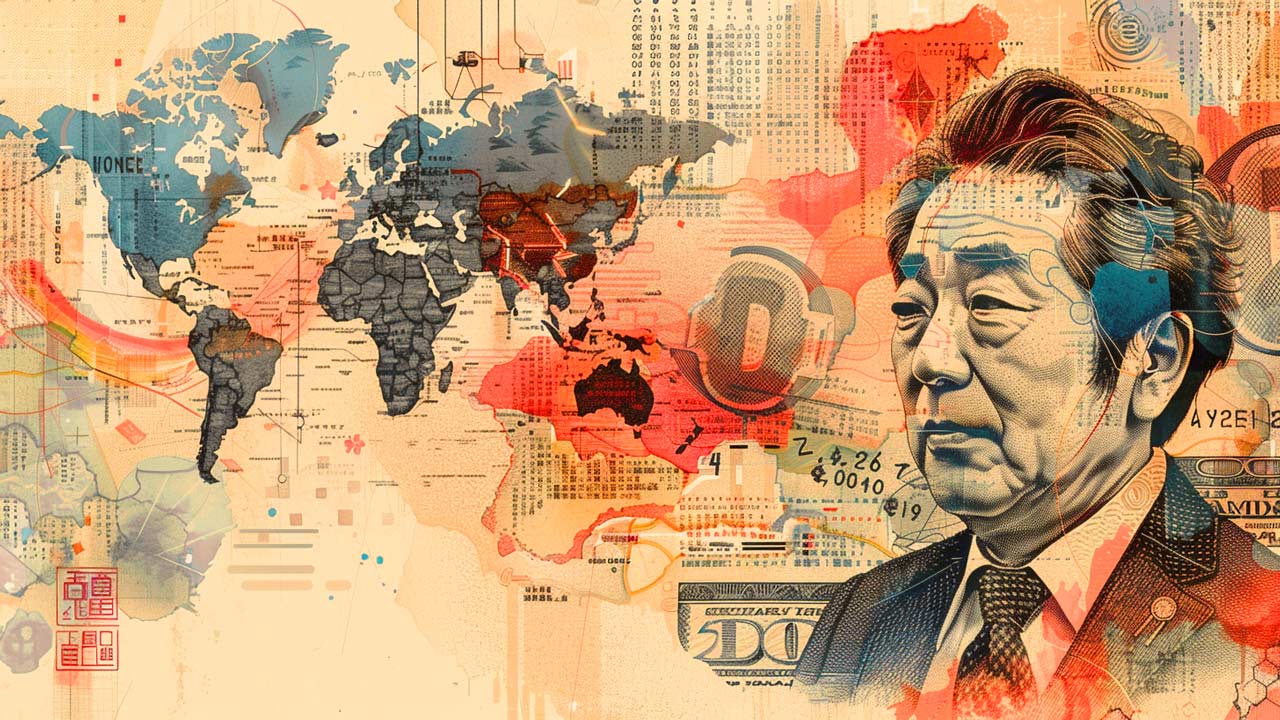ETFs Globally Chart Healthy Inflows of Gold to Start 2022
Global ETF gold holdings started off 2022 with a healthy increase.
Global gold ETFs recorded net inflows of 46.3 tons last month as gold investment demand returned with decades-high inflation and heightened market volatility. Total ETF gold holdings globally ended January at 3,615.6 tons, according to the latest data from the World Gold Council.
North American funds led the way in January, adding 49 tons of gold. A significant jump in the gold price leading up to gold ETF options expiration likely contributed to some of the inflows, according to the WGC. This resulted in positive flows as gold rallied by nearly 3% in the first part of January to reach an intra-month high of $1,847 an ounce.
SPDR Gold Shares (GLD) ranks as the world’s largest gold fund. It saw a net inflow of $1.63 billion on Jan. 28 alone. It was the largest net inflow in dollar terms since the fund was listed in 2004.
European funds also saw solid inflows of metal. European listed ETFs added 6.7 tons of gold. This came on the heels of reports showing eurozone inflation remained elevated and above expectations for January.
Asain fund saw significant outflows of 9.9 tons. This was primarily driven by Chinese ETFs as investors reduced gold holdings ahead of the Chinese New Year while the gold price weakened toward the end of the month.
Other regions, including Australia, recorded inflows of 0.5 tons.
In 2021, gold ETFs saw global outflows of 173 tons, as large North American funds lost assets in line with lower gold prices.
Investors flocked to gold early last month as they pivoted out of riskier momentum stocks that have seen big gains as the Federal Reserve inflated a massive stock market bubble.
Gold saw some renewed strength since the beginning of the year despite anticipation of the Fed tightening monetary policy to deal with inflation. That trend reversed with a more hawkish than expected Federal Reserve meeting, but the yellow metal has slowly recovered since.
Rising interest rates generally create headwinds for gold. But perhaps investors are finally starting to consider real interest rates. Real interest rates equal the nominal rate (the numbers quoted on the news) minus inflation.
Inflows of gold into ETFs are significant in their effect on the world gold market, pushing overall demand higher.
There’s a difference between investing in gold-backed ETFs and physical gold. Learn more here.
ETFs are backed by physical gold held by the issuer and are traded on the market like stocks. They allow investors to play gold without having to buy full ounces of gold at spot price. Since their purchase is just a number in a computer, they can trade their investment into another stock or cash pretty much whenever they want, even multiple times on the same day. Many speculative investors appreciate this liquidity.
There are good reasons to invest in ETFs, but they aren’t a substitute for owning physical metal. In an overall investment strategy, SchiffGold recommends buying gold bullion first.
When considering gold-backed ETFs, you should always keep in mind that you don’t actually own the gold. Buying the most common ETFs does not entitle you to any actual amount of the precious metal.





 The monetary battle of the 20th century was gold vs. fiat. But the monetary battle of the 21st century will be gold vs. bitcoin. With Wall Street jumping into the game with bitcoin ETFs, a bitcoin halving recently splitting the block reward for miners in half, and both gold and bitcoin hovering near their all-time highs, it’s a great time for […]
The monetary battle of the 20th century was gold vs. fiat. But the monetary battle of the 21st century will be gold vs. bitcoin. With Wall Street jumping into the game with bitcoin ETFs, a bitcoin halving recently splitting the block reward for miners in half, and both gold and bitcoin hovering near their all-time highs, it’s a great time for […] What is Nvidia? If you’re a committed gamer the question may sound like nonsense. Nvidia, which was founded in 1993, is a tech company that makes GPUs and other products. It originally specialized in making products for the video game industry, that assisted in 3D rendering. If you were a committed gamer, you probably owned their products. If you weren’t, you might not have heard of them.
What is Nvidia? If you’re a committed gamer the question may sound like nonsense. Nvidia, which was founded in 1993, is a tech company that makes GPUs and other products. It originally specialized in making products for the video game industry, that assisted in 3D rendering. If you were a committed gamer, you probably owned their products. If you weren’t, you might not have heard of them. With the AI boom and green energy push fueling fresh copper demand, and with copper mines aging and not enough projects to match demand with supply, the forecasted copper shortage has finally arrived in earnest. Coupled with persistently high inflation in the US, EU, and elsewhere, I predict the industrial metal will surpass its 2022 top to reach a […]
With the AI boom and green energy push fueling fresh copper demand, and with copper mines aging and not enough projects to match demand with supply, the forecasted copper shortage has finally arrived in earnest. Coupled with persistently high inflation in the US, EU, and elsewhere, I predict the industrial metal will surpass its 2022 top to reach a […] America’s trust in its institutions has rapidly eroded over the past 20 years. We have a lower level of trust in our judicial system and elections than most European countries. Some of this is natural, as Americans are uniquely individualistic, but much of it arises from repeated government failures.
America’s trust in its institutions has rapidly eroded over the past 20 years. We have a lower level of trust in our judicial system and elections than most European countries. Some of this is natural, as Americans are uniquely individualistic, but much of it arises from repeated government failures. Decades of negative interest rate policy in Japan have ended. That could mean the end of the $20 trillion “yen carry trade,” once one of the most popular trades on foreign exchange markets, and a chain reaction in the global economy. The yen carry trade is when investors borrow yen to buy assets denominated in […]
Decades of negative interest rate policy in Japan have ended. That could mean the end of the $20 trillion “yen carry trade,” once one of the most popular trades on foreign exchange markets, and a chain reaction in the global economy. The yen carry trade is when investors borrow yen to buy assets denominated in […]